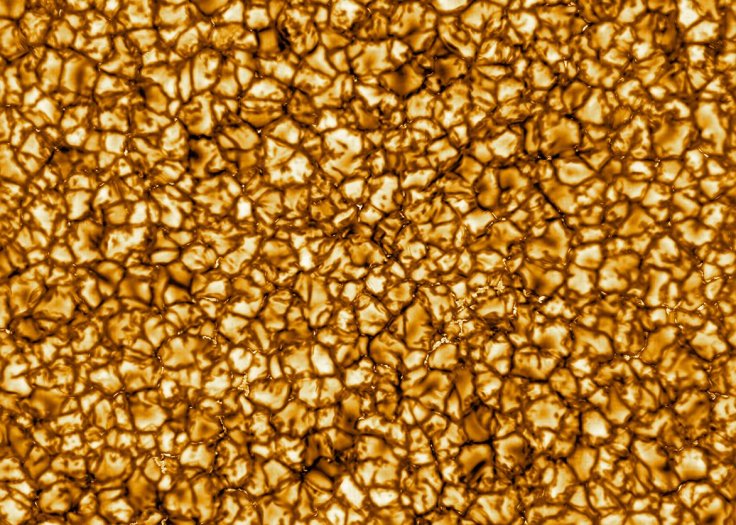Less than a month after its operations began, the world's largest and most powerful solar telescope has released the most detailed images of the Sun ever taken. According to scientists, these images will help them get a better understanding of the Sun's activities such as magnetic eruptions and solar emissions.
The Daniel K Inouye Solar Telescope (DKIST) is located Haleakala Observatory on the Hawaiian island of Maui. It is funded by the National Science Foundation (NSF). The solar telescope first gazed at the Sun earlier in December last year.
A Closer Look At The Sun

On January 29, scientists working on the DKIST released the first images the solar telescope has taken of the Sun. As seen in one of the images, the Sun's surface is filled with cell-like structures.
According to scientists, these bright cells represent the plasma rising from the giant star's inner layers. Bordering these cells are dark lines. Scientists explained these lines represent the regions where the plasma is cooling and sinking. The images taken by the DKIST are the highest-resolution photos ever taken of the Sun. Through these kinds of images, scientists will be able to collect vital information regarding the behaviour of the Sun, particularly how it causes solar storms.
"NSF's Inouye Solar Telescope will be able to map the magnetic fields within the Sun's corona, where solar eruptions occur that can impact life on Earth," France Cordova, the director of the NSF said in a statement. "This telescope will improve our understanding of what drives space weather and ultimately help forecasters better predict solar storms."
World's Most Powerful Telescope
The construction of the telescope began in 2013. Its primary mirror, which measures 4.24 meters, was delivered to the site in 2017. This mirror enables the solar telescope to observe objects in space that are as small as 35 kilometres wide from a distance of 150 million kilometres. This is about the same distance between the Sun and the Moon. Since the Sun has a diameter of about 1.4 million kilometres, observing it with the DKIST is like studying a cell using a microscope.
In addition to taking detailed images of the Sun, the DKIST will also be used to take precise measurements of the Sun's magnetic fields. Also, for the first time, scientists will be able to use the solar telescope to measure the Sun's atmosphere, which is known as the corona. This will be achieved once other scientific instruments have been added to the solar telescope later this year.









